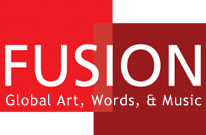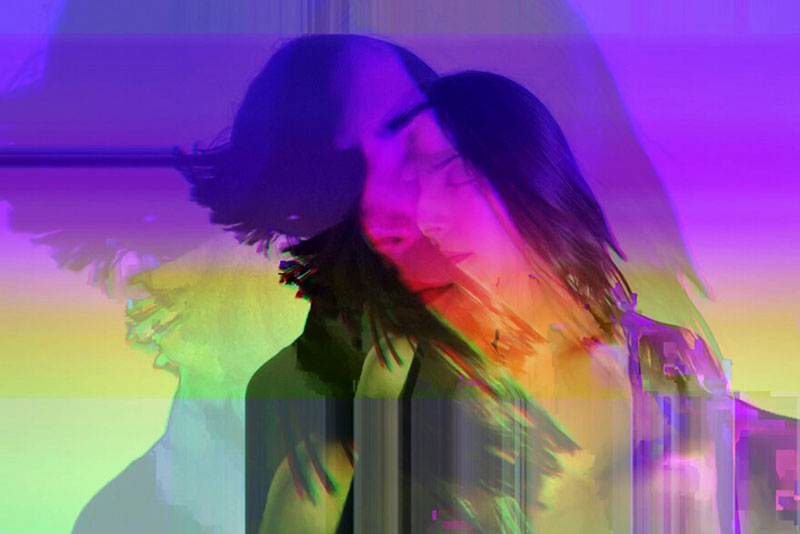
In today’s interconnected creative landscape, the role of programming in music education is no longer a niche topic. For musicians and producers, programming is not just a technical skill — it is a way of thinking, creating, and innovating. Yet, many students approach it with hesitation, especially when their backgrounds are rooted in performance, composition, or production.
This essay reflects on how Max/MSP, a visual programming environment, can be used as a powerful pedagogical tool in higher music education. Drawing on my experience as a Max/MSP Certified Trainer and faculty member at Berklee College of Music, Valencia, I will outline how programming enhances creative thinking, supports artistic expression, and helps students build confidence in their ability to design their own tools and systems.
The content of this article is rooted in the presentation I gave at the Berklee Teachers on Teaching (BTOT) Conference in January 2025, where I was selected to represent the Valencia campus faculty. This piece is both a reflection on that presentation and an expansion of the ideas it introduced.
I am a visual artist and creative technologist with a strong foundation in Fine Arts and more than fifteen years of experience collaborating with musicians, dancers, and commercial clients. Over time, I found that the tools I needed to realize my creative ideas didn’t exist, or didn’t work the way I needed them to. So I started building them myself. This led me into the world of programming, electronics, and digital fabrication.
My practice now includes multimedia installations, audiovisual performance systems, and custom software development. I’ve presented work at international festivals across the Iberian Peninsula and taught students from all over the world. I’ve also mentored interdisciplinary hackathons in Portugal and Spain, often focused on the intersection of science, art, and creative coding.
Since 2020, I have been part of the faculty at Berklee Valencia’s Master in Music Production, Technology and Innovation (MPTI) program, where I teach programming with Max/MSP and supervise installation-based and experimental final projects. I am also a Max/MSP Certified Trainer; the only one in Spain and the only woman currently certified in Europe.
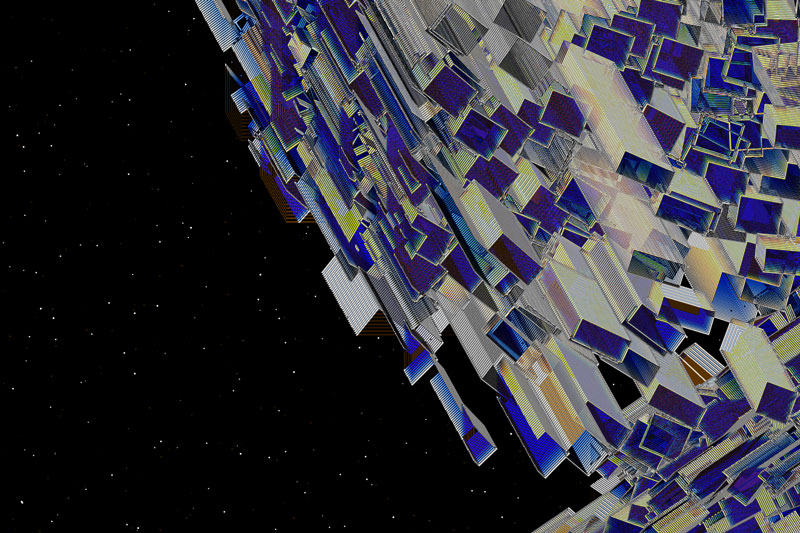
My training bridges traditional art and emerging technology, and informs my interdisciplinary, experimental approach to both art and education:
• Bachelor of Fine Arts, Universidade de Vigo
• M.A. in Digital Media Design, Elisava, Barcelona
• Postgraduate in Digital Technologies for the Scene, Universitat Pompeu Fabra, Barcelona
• Fab Academy Diploma in Digital Fabrication, Fab Lab León
This hybrid educational trajectory continues to shape my teaching style, which emphasizes intuition, adaptability, and conceptual openness.
The MPTI program at Berklee Valencia brings together musicians, producers, engineers, and technologists from diverse cultural and disciplinary backgrounds. The aim is to explore the future of music by engaging with cutting-edge tools and practices that challenge established norms.
Students in the program work on:
• Hybrid and immersive recording techniques
• Audio and video production
• Live performance systems
• Multimedia installations
• Creative coding and software development
• Plugin design, sound design, and real-time media
Graduates become artists, producers, composers, educators, technologists, and creators of new performance paradigms. In this context, programming is more than a useful skill: it becomes a lens for understanding and innovating across the boundaries of disciplines.
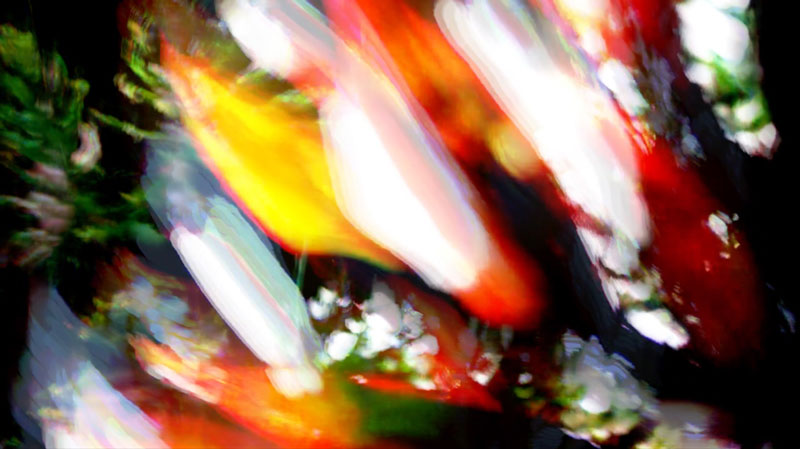
Many MPTI students arrive with strong musical or production backgrounds, but little to no programming experience. For them, a tool like Max/MSP can seem intimidating. Its modular visual interface offers great flexibility, but also introduces a sense of abstraction that can be initially overwhelming.
My pedagogical goal is to demystify this complexity and show that programming, like music or composition, is a learnable language. To do this, I start with foundational concepts, building from zero, using clear metaphors and relatable logic. For students with prior programming knowledge, I draw parallels between Max and more familiar languages like Python, C, or C++. Highlighting how core concepts remain consistent across environments.
I also emphasize that there is no single “correct” way to build a patch in Max. Even if I demonstrate one specific solution in class, I value when students explore alternative approaches. Encouraging them to follow their own logic helps reduce the fear of making mistakes and fosters creative problem-solving.
I often share that I don’t see myself as “the best Max patcher” and that’s not the point. The goal is not perfection, but fluency: being able to express ideas using code, and understanding how and why it works.
Scaffolded Learning and Weekly Assignments
The course structure is scaffolded to help students gradually build complexity over time. Each weekly assignment is designed to reinforce previous knowledge while introducing new challenges; such as data routing, user interface design, generative audio, or audiovisual interaction.
Assignments are often open-ended and intentionally leave room for creativity. Students are encouraged to interpret the task in their own way, adding features or modifying behavior to suit their artistic goals. This personal investment helps deepen understanding.
Centralized Learning Tools
I maintain a Notion site as our centralized learning hub. It contains:
• Weekly summaries and learning goals
• Screenshots and diagrams from class
• Downloadable patches and exercises
• Video walk-throughs
• Further reading and references
This platform allows students to revisit concepts at their own pace and helps those with different learning speeds stay on track. For me as an instructor, it also serves as a flexible script and organizational tool, helping maintain consistency across different groups and semesters.
Assessment and Feedback
Although this is a “technical” class, I assess students using a rubric that prioritizes not only execution but also creativity, risk-taking, and complexity. In my evaluations, I reward students who show initiative in solving problems in novel ways, or who incorporate unexpected ideas or references. I also value students’ ability to make decisions and manage the search for resources or external support to realize their vision.
In Max, there is rarely a single way to build a system, so I celebrate divergent thinking. Whether a patch is elegant or messy is less important than whether it reflects the student’s understanding and curiosity.
I give feedback directly on students’ Max patches using color-coded comments and annotations, which allows them to see where improvements can be made without erasing their own thinking. We also dedicate time in class to reviewing selected student work publicly, promoting dialogue and collective learning.
Additionally, I consider prior experience when assessing student progress. Those with technical backgrounds are encouraged to go further in complexity, while others may need more time to develop fluency. Both situations are valid and equally supported.
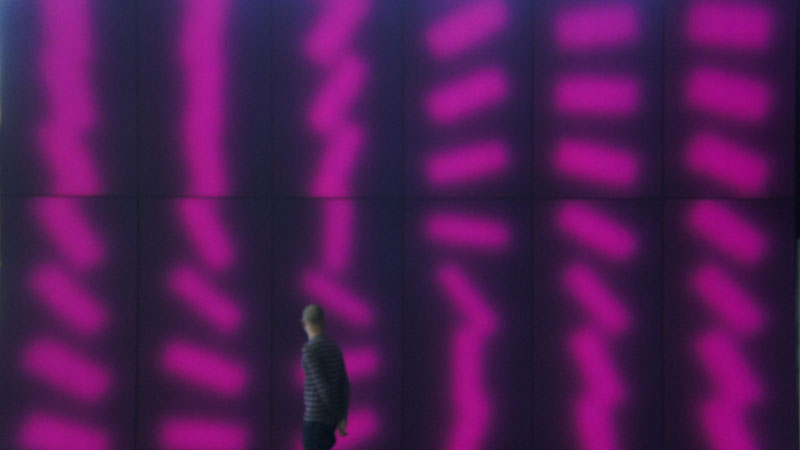
One of the most important pedagogical values I communicate is the idea that failure is not only acceptable, but essential. As I tell my students, “We’re not surgeons. The worst that can happen is your computer restarts.”
By removing fear from the equation, students are empowered to explore, iterate, and prototype. This mindset fosters playfulness, which is vital when working with tools like Max/MSP. Creative programming often requires patience, persistence, and the willingness to break things before fixing them.
Max’s visual environment supports this process by making signal flow and logic tangible. Students can “see” the system at work and debug it with intuition and experimentation.
Over the years, I’ve seen numerous students radically transform their perception of programming. Several have changed their culminating experience projects after taking my class, choosing to incorporate Max/MSP into their final performances or installations.
Examples of student projects include:
• Max4Live plugins for live sets
• Generative visuals controlled by sound input
• Custom MIDI mapping tools for composition and arrangement
• AI-assisted timbre transformation patches
• Tools for analyzing live performance data
• Experimental interfaces for improvisation
This evolution from initial hesitation to confident creation is one of the most rewarding aspects of teaching this subject. Moreover, seeing former students working with Max, sharing their projects with me, or even teaching others, gives me a deep sense of fulfillment as an educator.

As a woman working in a highly technical area, I am aware that representation matters. I am currently the only female faculty member in the MPTI program, and I teach some of the most technical subjects in the curriculum.
I believe it is important for students (especially women and underrepresented groups) to see people like themselves using technology not just competently, but creatively and confidently. Many students have told me they appreciate my dedication, accessibility, and encouragement, particularly when navigating such a steep learning curve.
Beyond that, I remain an active artist. My students see that I use the same tools I teach in my own practice. This authenticity helps bridge the gap between classroom theory and real-world application.
In an era dominated by plug-and-play solutions, commercial plugins, and AI-powered tools, environments like Max/MSP offer something increasingly rare: radical customizability. In Max, students are not simply users: they become designers of their own systems.
Whether creating performance instruments, rapid prototypes, or artistic experiments, Max encourages ownership and transparency. It also serves as a stepping stone to other environments or languages: once students understand data flow, abstraction, and real-time logic in Max, transitioning to other tools becomes less intimidating.
This type of technological literacy enables students to question and analyze the tools they use, instead of being passively guided by them. It fosters a critical mindset that is especially necessary in a digital environment increasingly filled with “black box” solutions.

In both my professional work and my classroom, I often combine Max/MSP with tools like:
• Processing, for generative visuals and quick sketches
• VDMX, for live video performance
• Arduino, for connecting Max to the physical world through sensors, actuators, and real-time interaction
• Ableton Live, for hybrid music systems and composition
• Resolume or MadMapper for projection mapping
These combinations are enabled by communication protocols like MIDI, OSC, and Syphon/Spout, which I teach as transversal tools. This fosters interdisciplinary thinking and helps students design systems that bridge sound, image, space, and interaction.
One recent project involved a student building a live setup where Max controlled both audio synthesis and light sources via OSC messages to Resolume, creating a unified audiovisual system. These types of projects emerge naturally when students begin to see their patch not as a closed environment, but as a node in a wider creative network.
At its core, programming teaches a mindset:
• Breaking down complex ideas
• Thinking abstractly and structurally
• Embracing iteration and error
• Designing workflows with intent
• Building from curiosity
For artists and musicians, this way of thinking is entirely compatible with creative practice. Programming is, in a sense, just another kind of composition.
When students patch in Max, they are designing behaviors, not just code. They are modeling relationships between input and output, between sound and motion, between time and form. This process cultivates both technical fluency and artistic awareness.
Teaching Max/MSP is not about producing software specialists. It’s about cultivating curiosity, fluency, independence, and trust in one’s own ideas. My role is to give students the tools to explore, the courage to try, and the confidence to invent.
I believe in making complex subjects feel accessible, even fun, not by simplifying them, but by guiding students to see them from the inside. When students learn to build their own tools, they begin to understand themselves not only as users of technology, but as active shapers of their creative futures.
This approach resonates deeply with the ideas presented in Code as Creative Medium (Levin & Brain, 2021), where programming is framed not as an engineering discipline but as a material for artistic thought and design. In my classroom, code is not just syntax. It is creative potential.
Being invited to speak at the BTOT conference allowed me to reflect deeply on this approach. It reaffirmed that good teaching is not just about transmitting knowledge. It’s about creating an environment of mutual respect, risk-taking, and curiosity. These are the conditions where art and learning truly thrive.
martaverde.net
valencia.berklee.edu/faculty/marta-verde-baqueiro
mverde@berklee.edu
Courtesy of the author
